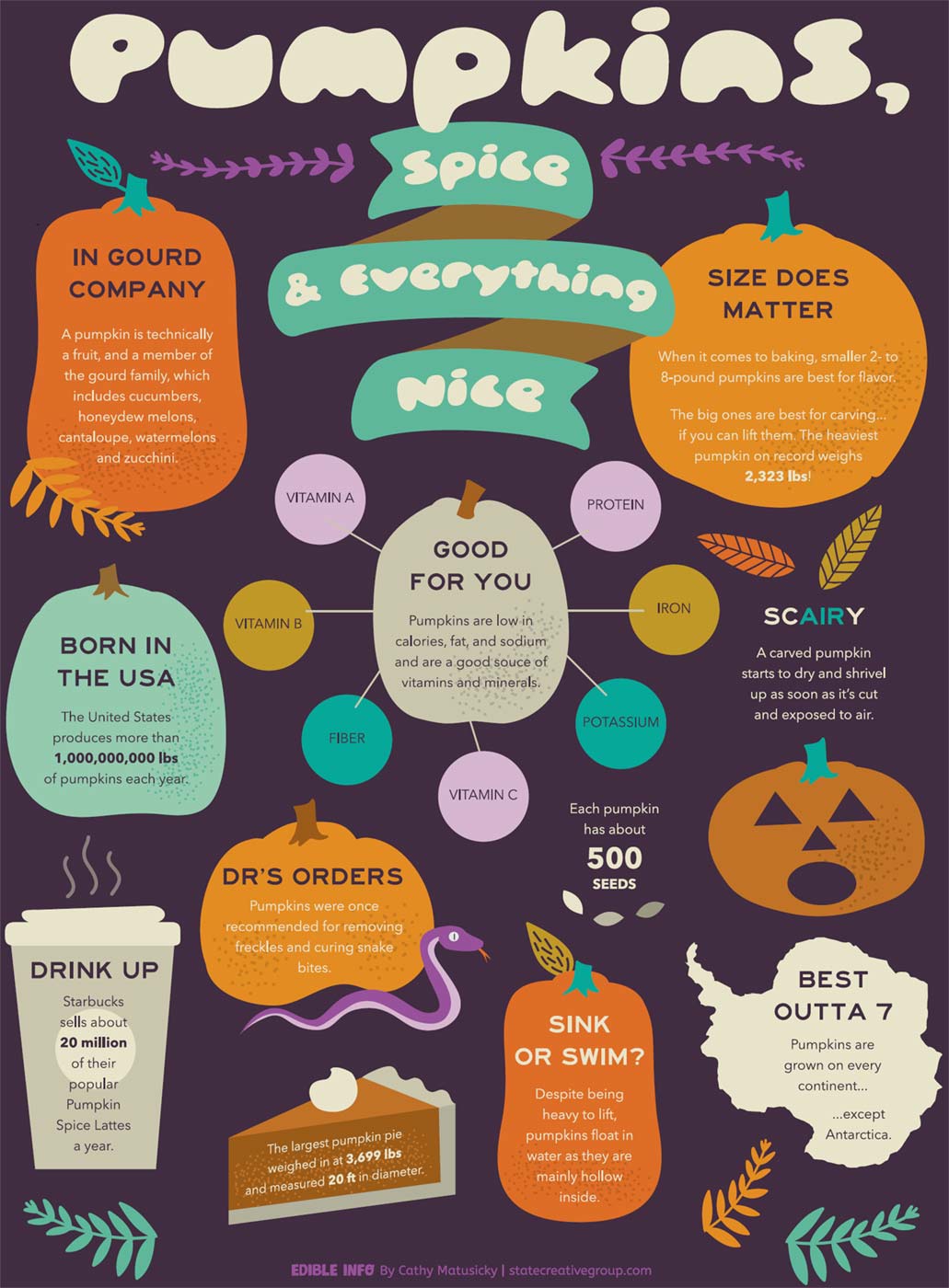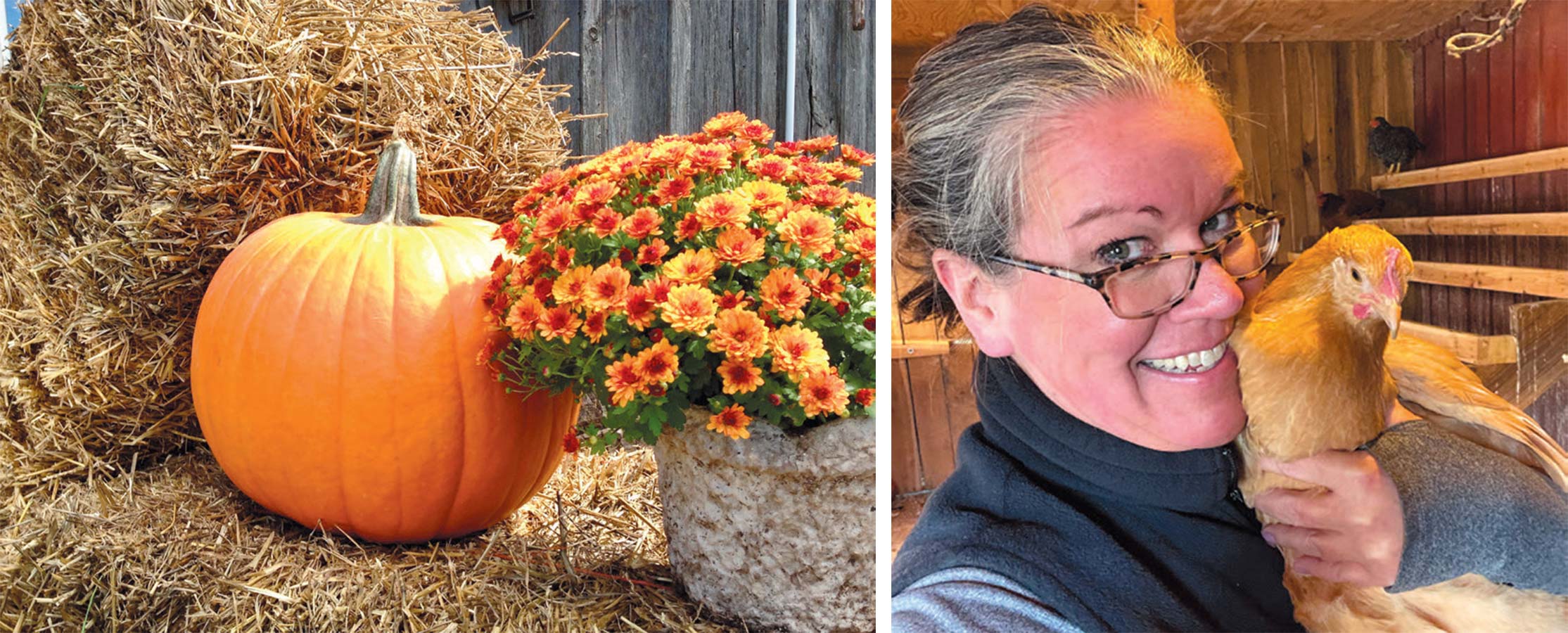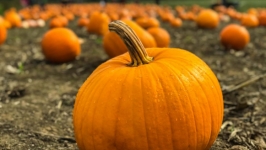Thoughts on Pumpkins, Hunger and Karen
Though I could go on and on about the loads of political humor pumpkins evoke for me, it really didn’t feel fitting with this edition’s theme of hunger. Well, except for maybe the favorite fall drink of choice of probably most any “Karen” you may know. It’s the drink you swear you don’t like, but secretly adore. Yes, my friends, it’s that time of year again for a big ol’ diabetic coma-inducing Pumpkin Spice Latte, or as the cool kids call it, a PSL.
In case you aren’t tracking, a “Karen” is a specific type of middle-class white woman who most often acts from her place of privilege. If you still aren’t smelling what I’m baking, well, chances are you are in fact a Karen. I’m gonna need to bless your heart for a spell.
The PSL may be the most perfect concoction, or perhaps the most wretched swill, depending upon your palate. But, consider this. A single Starbucks PSL Grande costs $4.95 plus tax. That’s nearly a dollar more than the average $4 per day that the United States government allots for the food insecure receiving financial assistance in this country. And, as the pandemic’s effects snowball, it’s expected that more than 42 million Americans will become food insecure according to Feeding America. Yet, since its creation in 2003, Starbucks has been reported selling well over 400 million cups of these milk shakes cleverly disguised as a coffee drink.
Before you go thinking I’m hating on Karen’s post-yoga treat, Starbucks has announced a commitment to “reinvest $100 million into hunger relief over the next 10 years. This year alone, Starbucks is making a $1.7 million donation to Feeding America to advance equitable access to nutritious food among households with individuals who are Black, Indigenous and People of Color (BIPOC) residing in communities experiencing high rates of food insecurity.”
Now, that’s a lot of pumpkins!
Technically a squash, I’m not sure a spiced squash latte would sell as well. But, here goes a few stats you can pull from for trivia night sometime. Pumpkins belong to the genus, Cucurbita, dating back to 7000 BC in Mexico. Packing a nutritious punch, pumpkins are also known to reduce blood pressure and help prevent degenerative damage to the eyes. High in beta-carotene, studies show pumpkins are thought to ward off cancer, protect against heart disease, asthma, and type 2 diabetes. Not to mention, pumpkins are top of the food chain when it comes to being anti-aging agents.
And, don’t forget the seeds which when roasted are a fall snack favorite. To prepare them for the roasting process, just scoop them out and remove the pulp. But, don’t worry about getting them extra clean. A little pulp never hurts and will add flavor. Toss them in a bit of melted butter with salt and any spice profile you like. Roast in a single layer at 300° for about 45 minutes. Let cool and store in an airtight container, if they last that long.
When I first started writing for Edible Door, Jon Gast signed me on as a contributor with one special request. He wanted my Southerness to come through for y’all. I found this request a huge compliment, and have been delighted to use my voice in such a meaningful way. Really, it rarely occurs to me how Southern I can sound, until I’m around folks that don’t sound like me.
I want to apologize to the beautiful souls in this world actually named Karen. It’s such a beautiful name. And, it’s never easy to be profiled simply because of your name, the color of your skin, sexuality or even like in my case, your accent. Inclusion is where it’s at.
Happy Fall Ya’ll!

HOW TO SELECT THE BEST PUMPKIN:
- Heavier squash and pumpkins indicate moisture, which you want in terms of cooking. If you’re looking for one to carve, listen for the hollow sound by thumping them.
- Green stems indicate a good carving pumpkin, but may also indicate they were picked too soon. This is good for carving purposes, as your selection will last until Halloween. If you’re simply wanting to cook with it, pick the brown stemmed pumpkins and squash. Regardless of purpose, avoid ones that are soft or molded around the stem. They’re past their prime.
- Shiny isn’t always best. In this case, it’s a sign of premature picking. Opt for dull, matte skins for best flavor.
- Avoid blemishes such as soft spots. A few little imperfections are OK, but soft spots and cracks are a breeding ground for mold.
- The deeper the tone of color the better. If there is a pale spot, no worries. That’s where the squash or pumpkin rested on the vine. But, if that spot is green, skip it. It’s not ripe.






